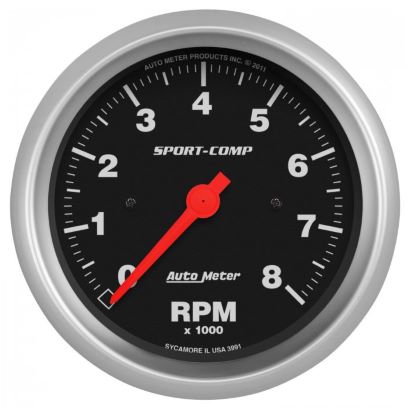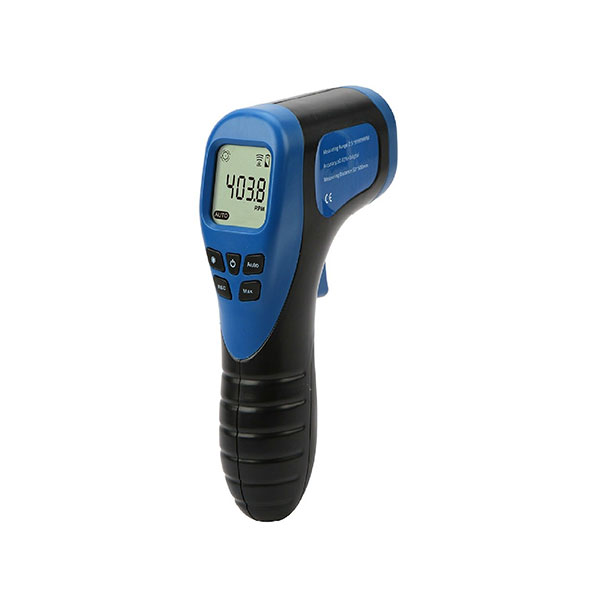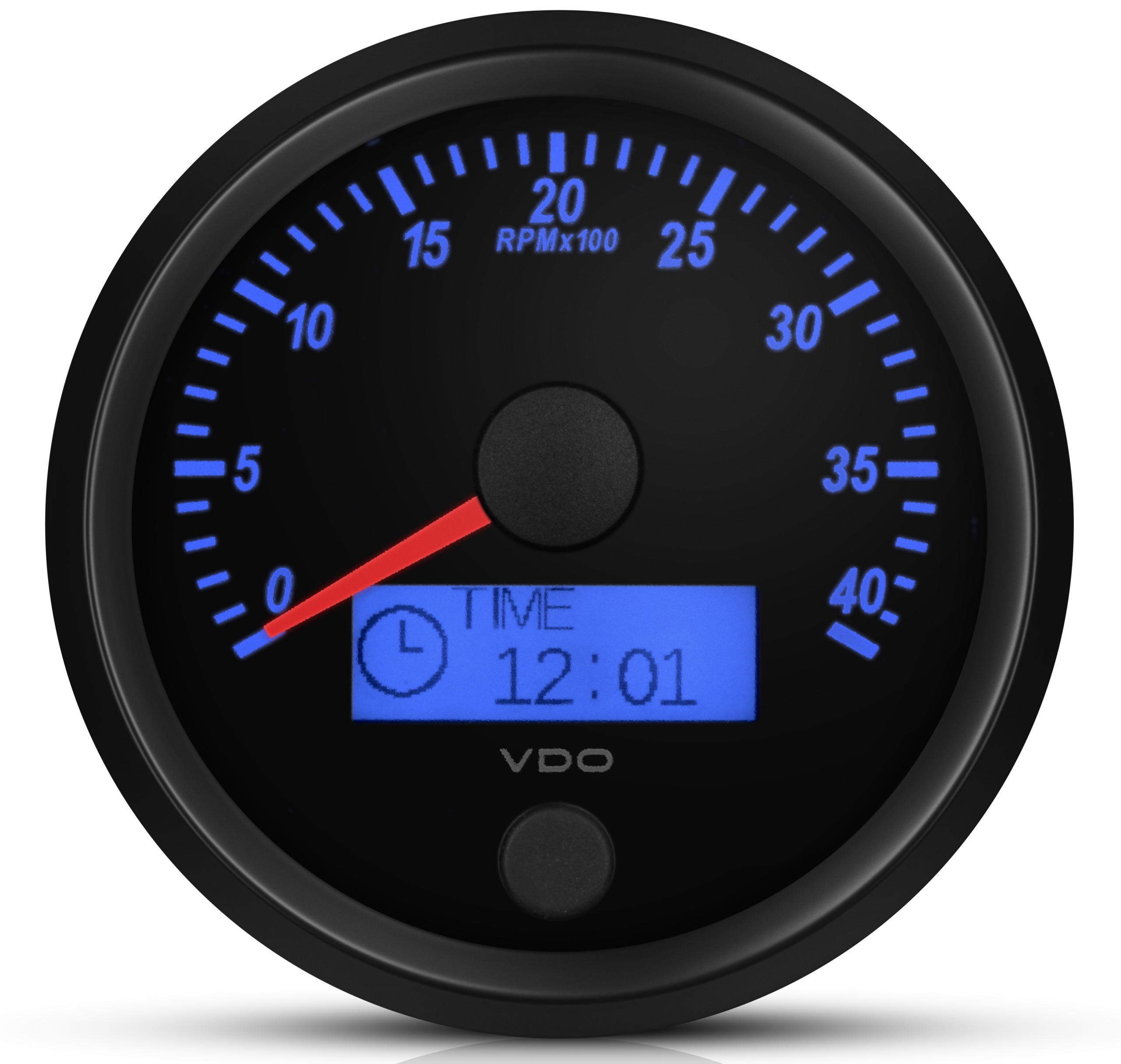Specialist Tips for Preserving and Adjusting Your Tachometer
Specialist Tips for Preserving and Adjusting Your Tachometer
Blog Article
The Relevance of a Tachometer in Checking Engine Rate and Efficiency in Automotive Applications
In the world of automotive design, the tachometer stands as an essential instrument in the vehicle driver's arsenal, offering a straight home window right into the inner functions of a car's engine. Beyond its feature as a plain scale of transformations per minute (RPM), the tachometer offers as a vital tool for fanatics and specialists alike, offering real-time insights into engine efficiency and health and wellness. Comprehending the relevance of this tool surpasses surface-level monitorings, delving into the elaborate partnership between engine speed, power outcome, and total driving experience. As we explore the diverse duty of the tachometer in automotive applications, a deeper gratitude for its influence on automobile dynamics and efficiency begins to arise.
Significance of Keeping Track Of Engine RPM
Keeping an eye on engine RPM, or transformations per min, is a crucial facet of automobile maintenance and efficiency analysis. Engine RPM straight associates with the speed at which the engine's crankshaft revolves, showing exactly how rapidly the engine is running.
Furthermore, keeping track of engine RPM is essential for performance evaluation in racing and high-performance automobiles. Preserving optimum RPM degrees is essential for accomplishing peak power result and acceleration. Racers typically utilize tachometers to ensure they are running within the excellent RPM array for optimum efficiency. In summary, monitoring engine RPM is not only crucial for spotting concerns yet also for optimizing engine performance in various vehicle applications.

Advantages of Real-Time Information
In auto applications, real-time data plays an important role in offering immediate understandings right into the efficiency and problem of the lorry. By continuously checking numerous specifications such as engine speed, temperature, fuel intake, and extra, real-time information offers countless advantages that add to enhanced efficiency and security when driving.
Furthermore, real-time data assists in efficiency optimization by providing prompt feedback on driving behaviors and engine efficiency. Drivers can readjust their habits in real-time based on this info to attain much better gas economy and lengthen the life expectancy of their automobile.

In addition, real-time data plays an important duty in modern auto diagnostics, allowing service technicians to rapidly identify and address malfunctions. This causes lowered downtime, reduced upkeep prices, and ultimately, enhanced total automobile dependability and longevity (tachometer). By taking advantage of the power of real-time data, auto stakeholders can make educated choices that positively impact both the performance and long life of the automobile
Effect On Gear Shifts
The tachometer plays an essential role in optimizing gear changes by providing real-time engine speed information to the motorist. When coming close to the redline on the tachometer, it signifies the driver to upshift to protect against over-revving the engine and creating potential damage.
In addition, the tachometer aids in accomplishing smoother gear transitions, specifically in hand-operated transmissions. By keeping track of engine speed, vehicle drivers can implement equipment shifts at the optimal RPM array, minimizing snagging motions and lessening endure the transmission components. This precision in gear changes not only boosts driving comfort yet likewise adds to fuel efficiency.
Enhancing Fuel Effectiveness
Offered the critical function the tachometer plays in maximizing gear shifts for efficiency and engine health, it straight adds to maximizing fuel performance in vehicle applications. By providing real-time responses on engine speed, the tachometer helps vehicle drivers in preserving one of the most efficient RPM range for gas economic situation. When vehicle drivers consistently keep an eye on the tachometer and change their motoring practices as necessary, they can prevent unneeded gas consumption triggered by over-revving or check this carrying the engine.
Moreover, the tachometer aids chauffeurs identify one of the most fuel-efficient equipment to be in at any provided moment, avoiding the engine from working more difficult than needed. This is particularly crucial throughout acceleration and cruising, where remaining in the best equipment can significantly affect gas effectiveness. In addition, the tachometer can notify vehicle Go Here drivers to possible mechanical issues that could be adversely influencing fuel economic situation, such as a slipping clutch or a stopped up air filter. Finally, the tachometer works as a valuable device in enhancing gas performance by promoting optimal driving habits and recognizing areas for renovation in the car's efficiency.

Maximizing Engine Long Life
The tachometer's function in checking engine speed and efficiency is critical in making certain the durability of automotive engines. Checking the tachometer allows motorists to stay within the advised RPM array for their lorry, avoiding unneeded stress on the engine and expanding its life expectancy.

Verdict
In verdict, the tachometer plays an essential duty in keeping track of engine rate and efficiency in vehicle applications. By offering real-time information on RPM, it permits efficient equipment shifts, improved gas effectiveness, and taken full advantage of engine durability. This device is essential for keeping optimum engine efficiency and ensuring the overall capability of a lorry.
Report this page